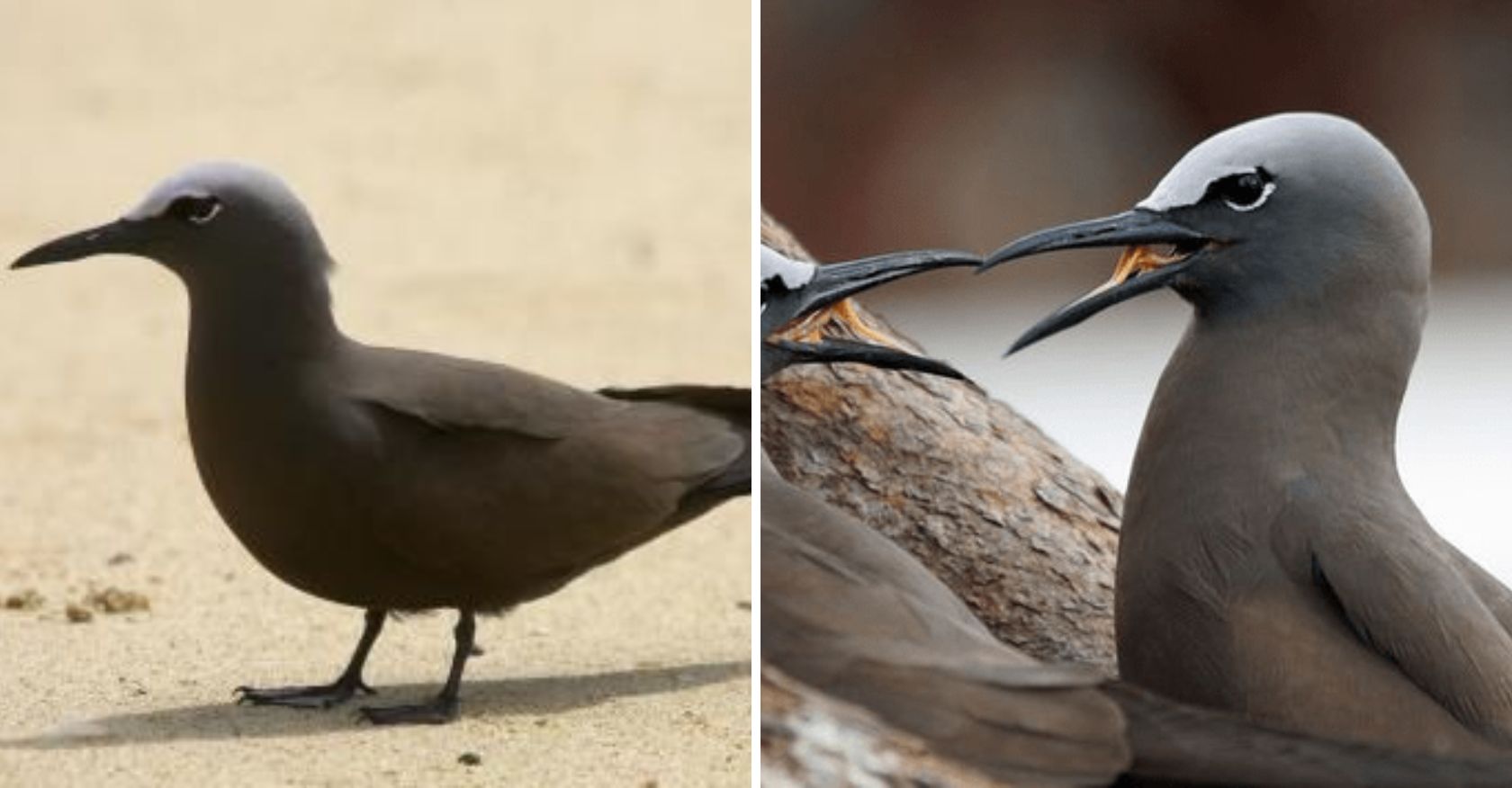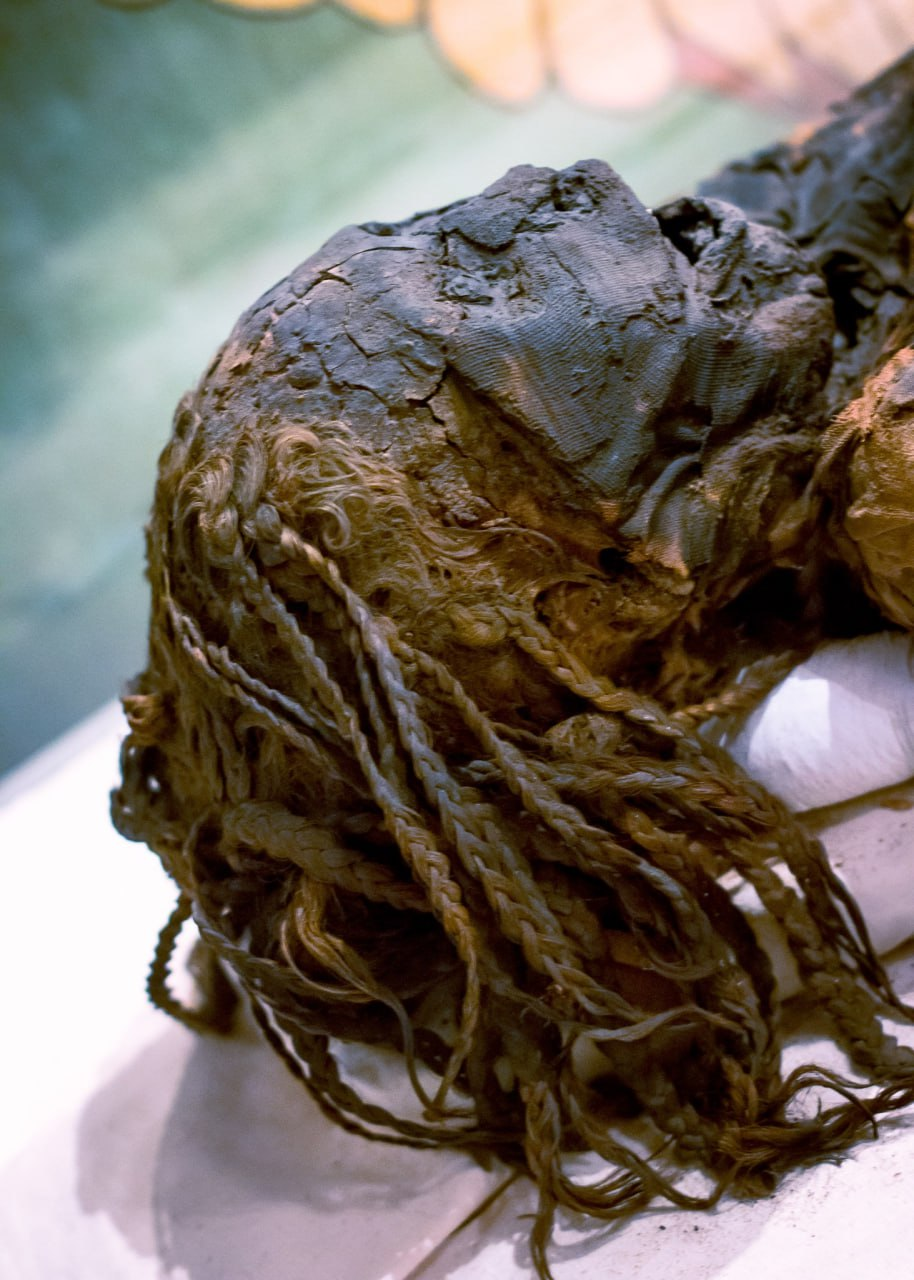In the far-reaching expanse of the world’s tropical oceans, the Brown Noddy (Anous stolidus) commands the skies with its graceful flight and distinctive appearance. With its deep brown plumage and captivating behaviors, this seabird has become an emblem of oceanic ecosystems and the wonders they hold. Let’s embark on a journey to explore the enchanting world of the Brown Noddy, uncovering its features, habitat, behaviors, and role in the marine realm.

The Brown Noddy is instantly recognizable by its rich chocolate-brown plumage that encompasses its body, wings, and tail. Its name, “noddy,” is derived from its characteristic nodding or bowing head movements, which it often employs during its courtship displays. This seabird possesses a streamlined body, perfect for gliding gracefully over the open waters it calls home.

The Brown Noddy is a true oceanic wanderer, inhabiting tropical and subtropical oceans across the globe. Its range spans from the Atlantic and Indian Oceans to the Pacific, where it finds refuge on remote islands, atolls, and rocky coastal cliffs. These pristine, isolated environments provide the perfect nesting sites and foraging grounds for these agile birds.

One of the Brown Noddy’s most captivating behaviors is its mastery of aerial acrobatics. These birds are skilled fliers, expertly maneuvering through the sky with effortless glides, swoops, and dives. They often fly low over the water’s surface, using their keen eyesight to spot schools of small fish, squid, and other marine creatures. With swift precision, they plunge into the water to catch their prey, displaying their prowess as accomplished hunters.

The Brown Noddy is a gregarious species, often nesting in large colonies on remote islands or rocky cliffs. These colonies can range from a few pairs to several thousand birds, creating a bustling community of life amidst the otherwise serene oceanic landscapes. Their nests are constructed from gathered materials such as twigs, leaves, and feathers, providing secure cradles for their chicks.

As true oceanic wanderers, Brown Noddies are highly adapted to life on the open sea. Their ability to cover vast distances in search of food and suitable nesting sites showcases their resilience and adaptability. Despite their adaptability, they face threats from habitat disturbance caused by human activities on their nesting islands, as well as potential entanglement in marine debris.
Conservation efforts that focus on protecting these vital nesting sites and raising awareness about responsible waste disposal can contribute to the well-being of these remarkable seabirds. Additionally, sustainable fishing practices that preserve the delicate marine ecosystems in which the Brown Noddy thrives are crucial to maintaining their populations.

In the realm of tropical oceans, the Brown Noddy reigns as a symbol of freedom, adaptability, and the awe-inspiring majesty of the open sea. Its aerial agility, social dynamics, and significance within ocean ecosystems highlight the intricate web of life that exists in these remote and enchanting environments. Through understanding, appreciation, and conservation, we can ensure that the Brown Noddy’s graceful flights continue to grace the tropical skies for generations to come.










